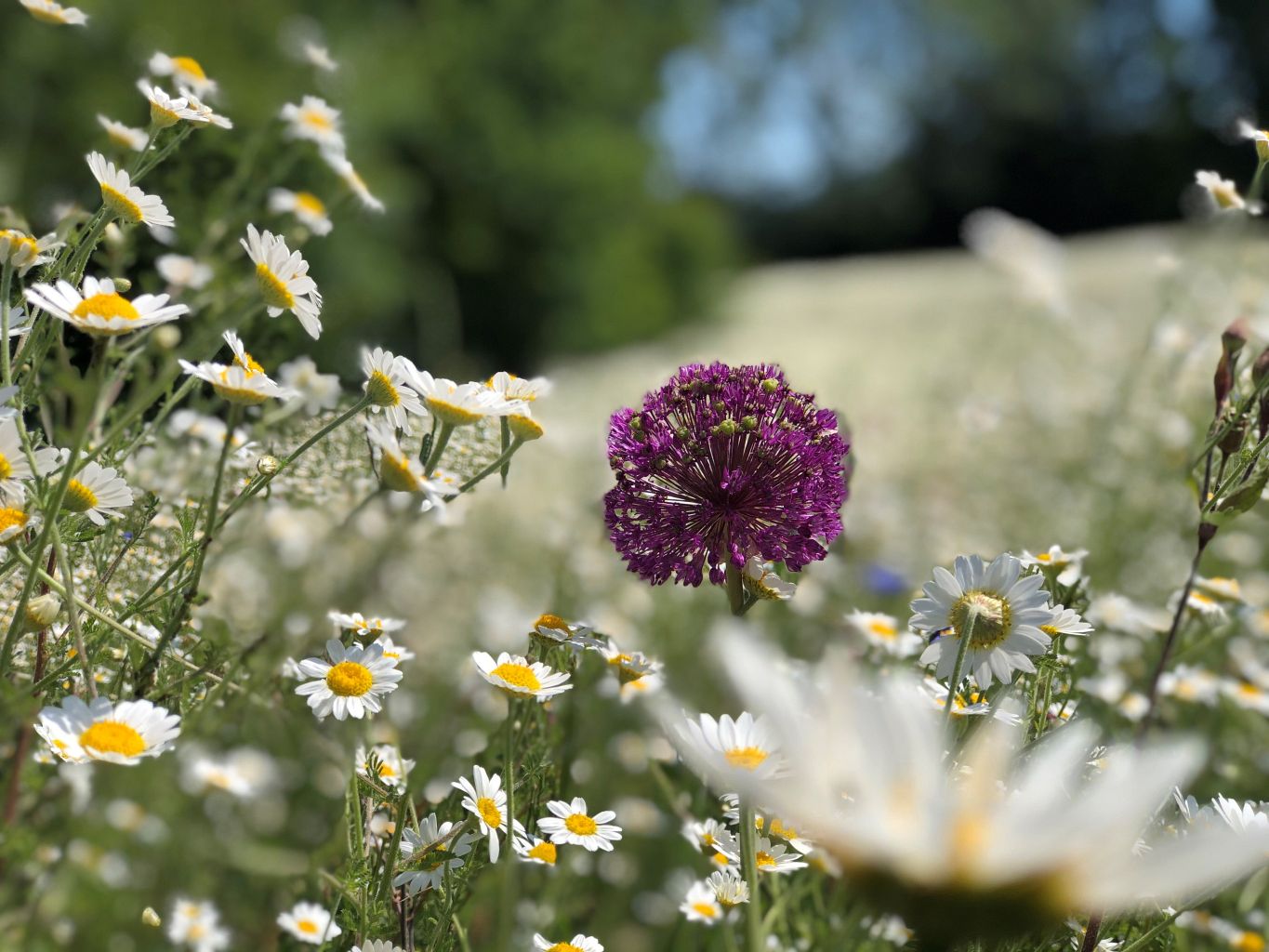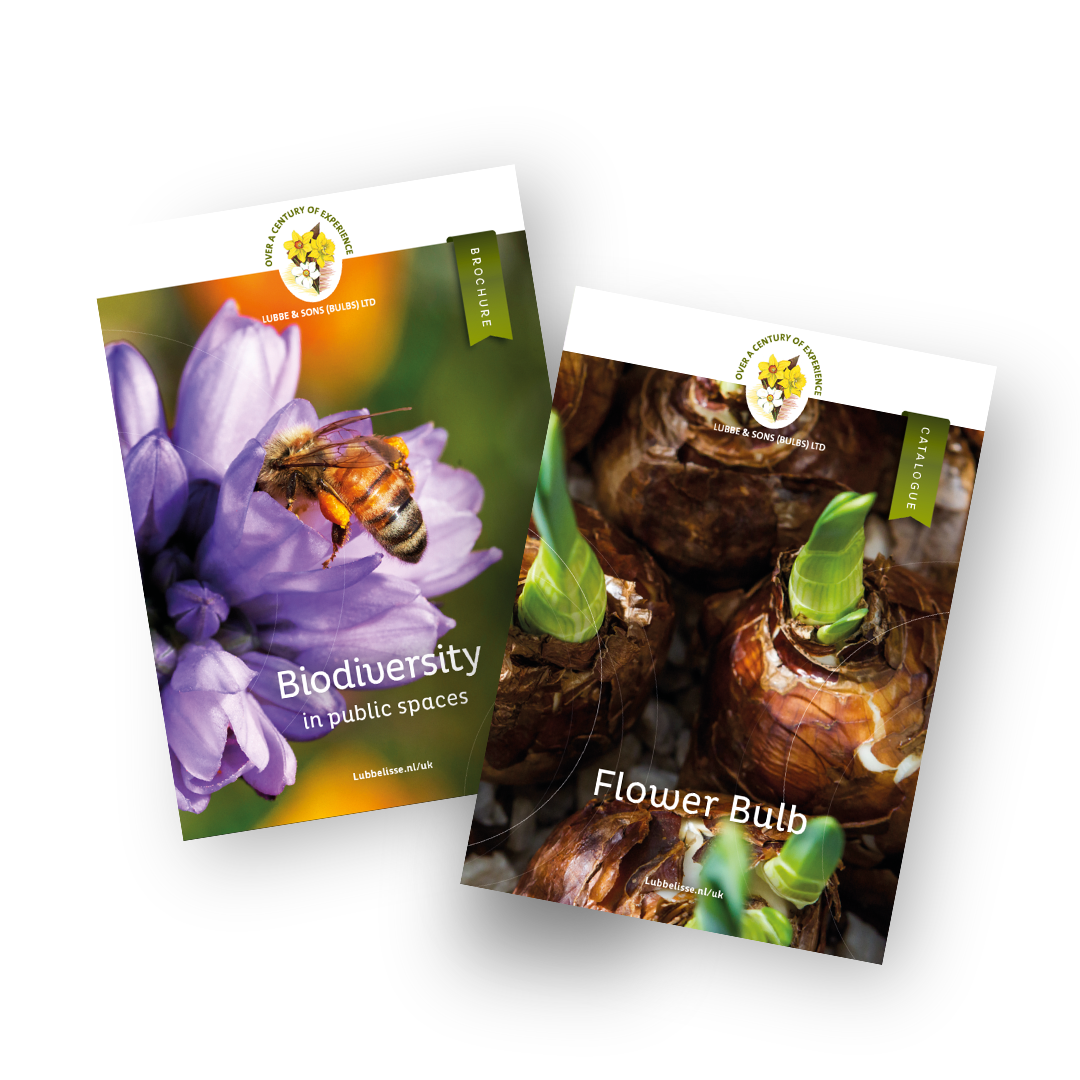Wondering how to make your public open spaces more environmentally friendly?
Lubbe & Sons are looking at the different ways that bulbs and wildflower combinations are important to the environment and how you can incorporate them into your urban space.

10 Reasons why bulbs and wildflowers are important to the invironment
- Easy to care for, rarely need pesticide application.
- Prefer lower fertility soil - you don't really need to add any fertilisers.*
- UK wildflowers are perfectly suited to UK weather conditions - no need for hothouses or winter protection.
- Important for biodiversity - they are an important part of the food chain for most, if not all, insects and animals.
- Highly attractive food source for pollinating insects.
- Many species of butterfly only lay their eggs on wildflowers.
- Like all plants, bulbs and wildflowers absorb CO2 and pollution from the air.
- Root systems help stabilise the soil and prevent erosion.
- Wildflower seeds are an important source of food for birds in wintertime.
- Help to raise interest and interaction with the natural world which in turn leads to less littering, better care of the environment and better mental health.
* A single application of a high potash feed will help the bulbs and not the invasive grasses.
Bee-Friendly Landscaping: Enhancing Beauty and Biodiversity with Wildflowers and Bulbs
Wildflowers, apart from their natural beauty, offer much to the modern landscape. Well-managed with the right tools, they save time and money while fostering a natural ecosystem where various species collaborate to control pests and diseases.
Pollination, a fortunate side effect of bees gathering food, ensures a year-round food source for them. This sustains them during lean times and aids in pollinating our crops. Without bees, even common crops like tomatoes would require manual pollination, impacting the economy and the environment.
To bridge the gaps in bee foraging, we can help by choosing appropriate plants, favouring bulbs and wildflower combos. Lubbe offers three fantastic mixes - "Nectar Explosion", "Happy Bee", and "Summer Sensation" with varying densities to suit your needs.
But, before selecting a mix, consider these guidelines:
- Choosing the right location - August Select a sunny, well-drained site, avoiding waterlogged areas.
- Weed control - September Address perennial weed issues. Glyphosate or alternatives like Foamstream can be used for weed control.
- On the day - October November Using specialized machinery, spread the bulb and seed combinations evenly. The machinery buries them, creating a tilth, sowing seeds, and firming the soil in one pass. Wait for spring when bulbs bloom, and wildflowers follow suit, lasting until September.
- Maintenance September-October Choose between cutting and leaving for a few days to maintain Cornfield annuals, or cut and collect in one pass. The latter clears the ground quickly, allowing perennial wildflowers to benefit from autumn sunshine for a better crop next season.
.jpg?1698315043=)
Regardless of your stance on replacing manicured grass with bulbs and wildflowers, these plants support insect populations and visitor well-being, and we should appreciate their diversity and historical role in our food supply.
Contact us
Do you have questions about green spaces or planting public spaces? Our team of green experts is ready to assist you.

Download our brochures
Take a look in our brochures for an organized overview of our products such as flower bulb mixtures, perennials and bulbs for naturalizing. Browse our brochures online or request a brochure by sending an e-mail to info@lubbelisse.nl

.png)
